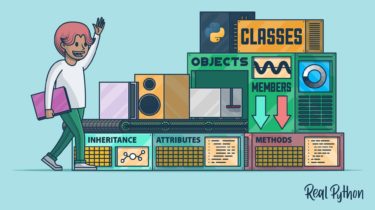Author: Deep Learner
Python Classes: The Power of Object-Oriented Programming
Python supports the object-oriented programming paradigm through classes. They provide an elegant way to define reusable pieces of code that encapsulate data and behavior in a single entity. With classes, you can quickly and intuitively model real-world objects and solve complex problems. If you’re new to classes, need to refresh your knowledge, or want to dive deeper into them, then this tutorial is for you! In this tutorial, you’ll learn how to: Define Python classes with the class keyword Add […]
Read moreResearch Focus: Week of April 24, 2023
Welcome to Research Focus, a series of blog posts that highlights notable publications, events, code/datasets, new hires and other milestones from across the research community at Microsoft. In this article AWARD Microsoft researcher Kalai awarded 2022 ACM Prize in Computing Yael Tauman Kalai, a senior principal researcher at Microsoft Research, has been awarded
Read moreUsing Python’s assert to Debug and Test Your Code
Python’s assert statement allows you to write sanity checks in your code. These checks are known as assertions, and you can use them to test if certain assumptions remain true while you’re developing your code. If any of your assertions turn false, then you have a bug in your code. Assertions are a convenient tool for documenting, debugging, and testing code during development. Once you’ve debugged and tested your code with the help of assertions, then you can turn them […]
Read moreBuild Your Own Face Recognition Tool With Python
Do you have a phone that you can unlock with your face? Have you ever wondered how that works? Have you ever wanted to build your own face recognizer? With Python, some data, and a few helper packages, you can create your very own. In this project, you’ll use face detection and face recognition to identify faces in a given image. In this tutorial, you’ll build your own face recognition tool using: Face detection to find faces in an image […]
Read moreTLA+ Foundation aims to bring math-based software modeling to the mainstream
TLA+ is a high level, open-source, math-based language for modeling computer programs and systems–especially concurrent and distributed ones. It comes with tools to help eliminate fundamental design errors, which are hard to find and expensive to fix once they have been embedded in code or hardware. The TLA language was first published in 1993 by the pioneering computer scientist Leslie Lamport, now a distinguished scientist with Microsoft Research. After years of Lamport’s stewardship and Microsoft’s support,
Read more





